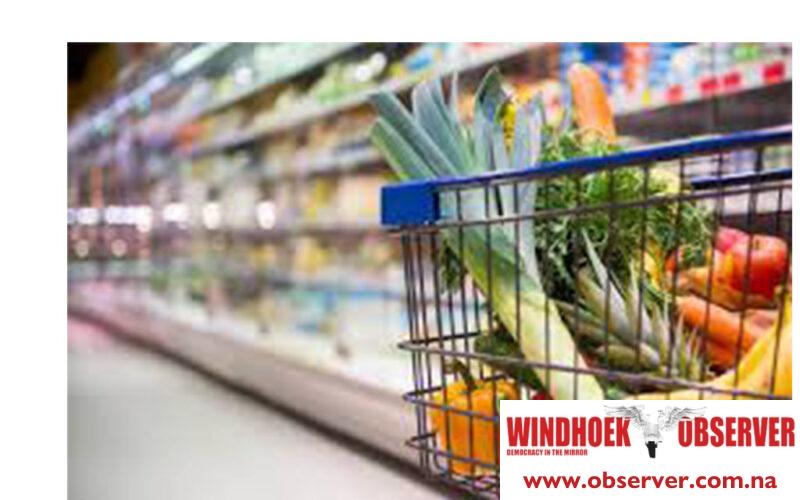Inflation maybe slowing in the country but this won’t reflect in shopping baskets. Inflation has dropped from an average of 5,9% in 2023 to 4.9% in 2024.
But Simonis Storm Security noted that it is important to note that this does not necessarily translate to real gains, considering inflation levels still remain relatively high.
“Moreover, there are potential risks to inflation, particularly in food prices, which could be worsened by the El Niño weather phenomenon, alongside elevated oil prices,” it said.
Namibia is experiencing a more rapid slowdown in annual inflation than anticipated, with March seeing an annual inflation rate of 4.5% the lowest since July 2023. This marks a deceleration from the 7.2% recorded in March 2023 and the 5% in February 2024. Additionally, the average annual inflation for the first quarter of 2024 stands at 5% compared to 5.9% in the same period of 2023.
Simonis noted that the global downward trajectory of cereal prices has been going down. Additionally, oils and fats also experienced deflation in March with a rate of -0.7%, down from 17.9% in March 2023.
According to UN Food and Agriculture Organisation, the FAO Food Price Index showed a 7.7% decrease averaging 118.3 points. However, it increased by 1.1% month on month primarily due to rising oil prices.
“This increase was influenced by lower outputs in major oil-producing countries due to seasonal factors and strong domestic demand in Southeast Asia. Soy oil prices also rose due to increased demand from the biofuel sector, particularly in Brazil and the United States. Dairy prices continued to rise for the sixth consecutive month, driven by increasing global prices for cheese and butter. Similarly, meat prices increased, with international prices for poultry, pig, and bovine meats all experiencing a rise.”
Conversely, the FAO cereal price index declined both monthly and yearly by 2.6% and 20% respectively. This decline was mainly attributed to decreasing global wheat export prices amid intense competition among major exporters such as the EU, Russia, and the US. Maize export prices saw a slight increase, partly due to logistical difficulties in Ukraine, while the FAO All Rice Price Index dipped due to subdued global import demand.
Simonis noted that chocolate prices are continuously rising due to a deepening cocoa crisis in major cocoa-producing countries such as Ghana and Côte d’Ivoire. The catastrophic crop failures caused by the swollen shoot virus have affected over 590 000 hectares of cocoa plantations in Ghana alone, resulting in significant shortages of cocoa beans. However, the full impact of these crop failures may not be immediately felt, as chocolate manufacturers often hedge cocoa purchases months in advance.
“This phenomenon is reflected in Namibia’s consumer price index, where chocolate inflation stood at 4.7% and ice cream at 12.4% in March 2024, indicating that the effects of the cocoa crisis have not yet materialised in our market,” Simonis said.




